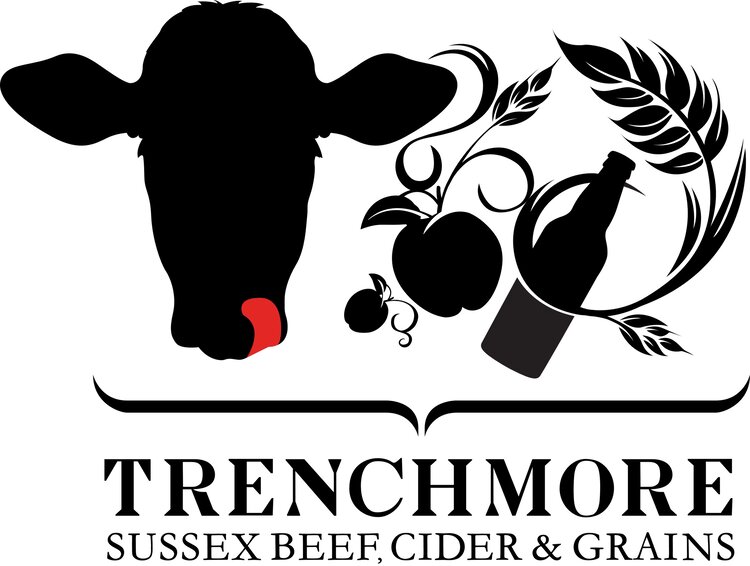I had a lovely chat yesterday with a journalist writing a piece for The Pig Hotel. He was interested in tracing the roots of the different farms they work with, and asked how we came to be wagyu producers.
It’s a good story, and I thought you might like to hear it too.
We began in 2012 with an ambition to farm for flavour - if you haven’t seen Dan Barber’s Chef’s Table episode on the topic, I highly recommend it. We started with a small herd of Limousin cattle - a French breed known for high-yielding lean beef. It was the supermarket favourite at the time (before Aberdeen Angus took over), but it didn't quite hit the mark on flavour.
So, we looked a little further afield. Japan’s wagyu cattle are famous for their marbling - the intramuscular web of fat that gives beef its richness and tenderness. Most people know the black wagyu, which marble well but require a high-soya or maize diet to finish. The lesser know red wagyu - or Akaushi - do better on grass and suit our soil-focussed style of farming.
At the time there weren’t any Akaushi in the UK. So, we sourced a fertilised embryo from America, cryogenically frozen in liquid nitrogen, and implanted eight embryos into our Sussex cows. It was an expensive & lengthy process, but from those eight, we were pleased to welcome a full-blooded Akaushi bull and cow - Red Emperor and Princess. I'm not sure who was responsible for naming them.
Sadly, Princess developed Johne’s disease and didn’t live long, but Emperor is still out in the field today, helping us raise a happy, hardy, hybrid herd.
We now have over ten full-blood wagyu bulls to take the pressure off old Emperor, and we cross them with Sussex cows to produce Trenchmore Beef. Slow-grown, nicely marbled, and grazed on Sussex grass.
Come and see us & Red Emperor one Saturday soon,
Rachel
P.S. It’s our first of two summer markets in on 12th July, and tickets are now up for our August supper club with chef Michael Notman-Watt.
